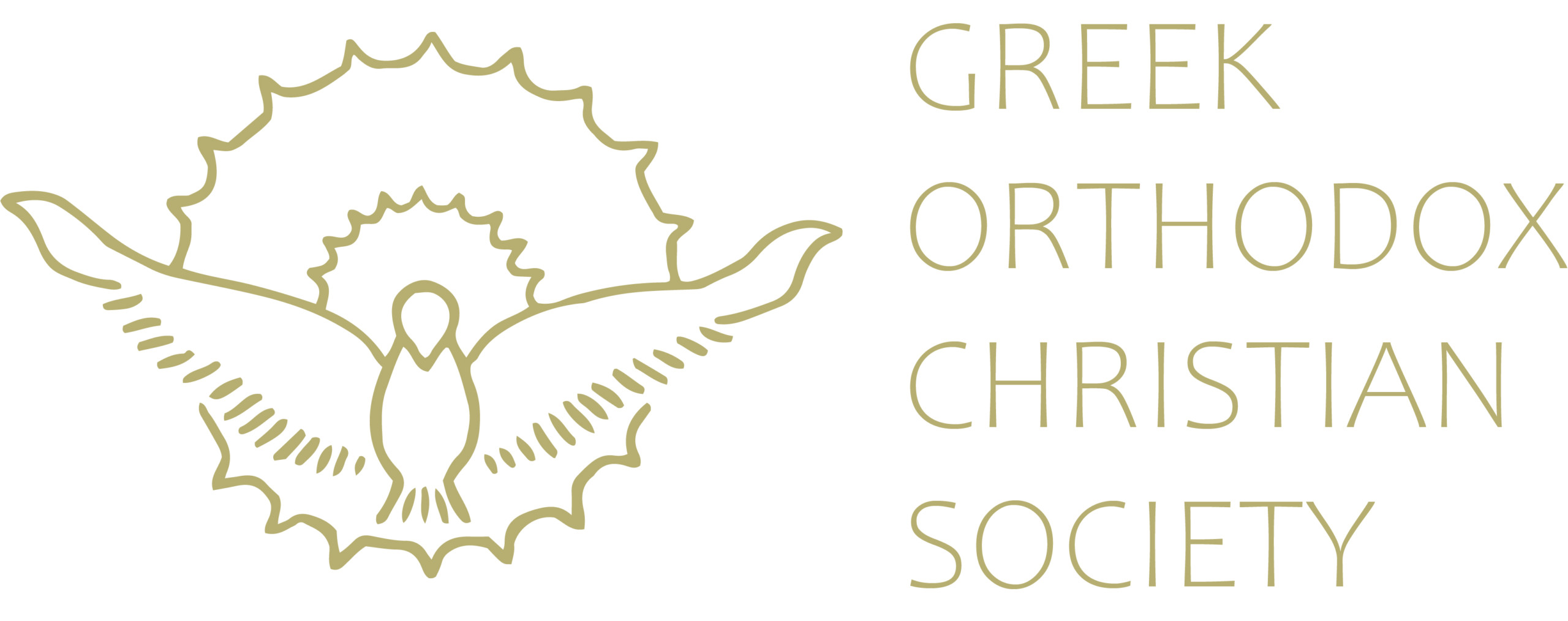St John of Damascus – A Brilliant Star
The chief hymnographer of our Church is how he is described in his Apolytikion. Yet, St John of Damascus was much more: a theologian, philosopher, poet and musician. These talents are interwoven throughout his substantial works. He wrote and composed music for hymns in each of the eight modes of the Octoechos comprising a large section of the Sunday Orthros and Saturday Vespers services (including the eight resurrectional apolytikia and associated theotokia and the canons).
Added to this are the idiomela hymns used in the funeral service, and many other hymns we read in the daily cycle of prayers. His anthology of over sixty canons for major feast days, prophets, apostles, hierarchs and martyrs are particularly significant. They include the canon for Pascha, the Annunciation, the Ascension, Pentecost, Christmas and Theophany.
In addition, he wrote many theological works. The most famous is The Fount of Knowledge, comprised of The Philosophical Chapters, The Exact Exposition of the Orthodox Faith (underpinning systematic dogmatic theology), and On Heresies (where he uncovers one hundred heresies). He is renown for his extensive defence of icons during the iconoclastic crisis for which he was punished by the cutting off of his right hand. It was miraculously restored following his fervent prayers to the Theotokos! Later, the Seventh Ecumenical Council referenced his work On Holy Images in support of restoring icons.
As we celebrate the feast of this brilliant saint, let us remember and honour his great contribution to our Church. He embellished our services with captivating hymns, enriched our ecclesiastical music by adding variation and mood with the Octoechos, fought for the right to adorn our churches with beautiful iconography, and preserved the purity of our theology. His biographer, John VII Patriarch of Jerusalem, rightly described St John of Damascus as “a brilliant star in the ecclesiastical firmament, shining with steady rays in the dark night of heresy.”
Source: Lychnos December 2018 / January 2019
